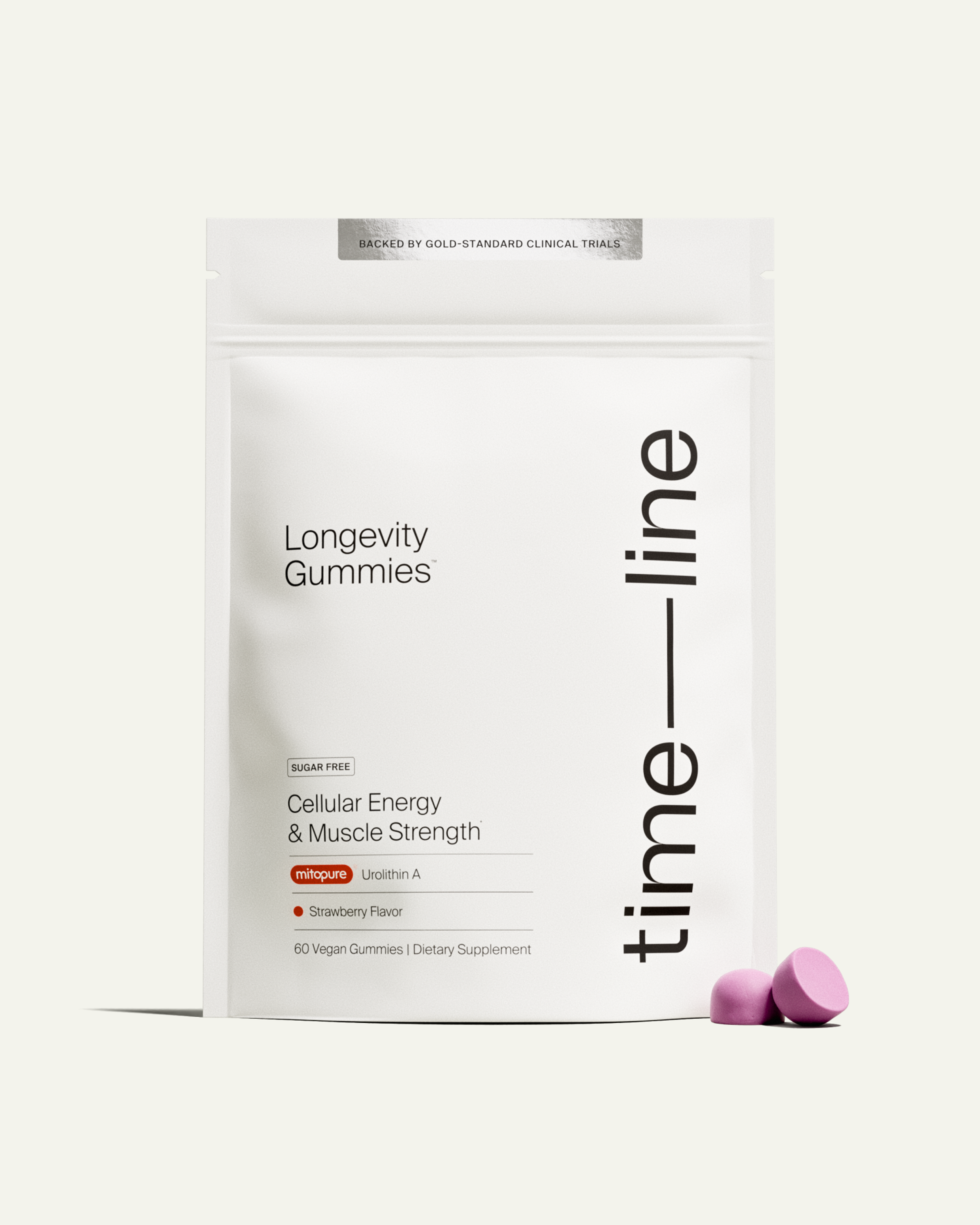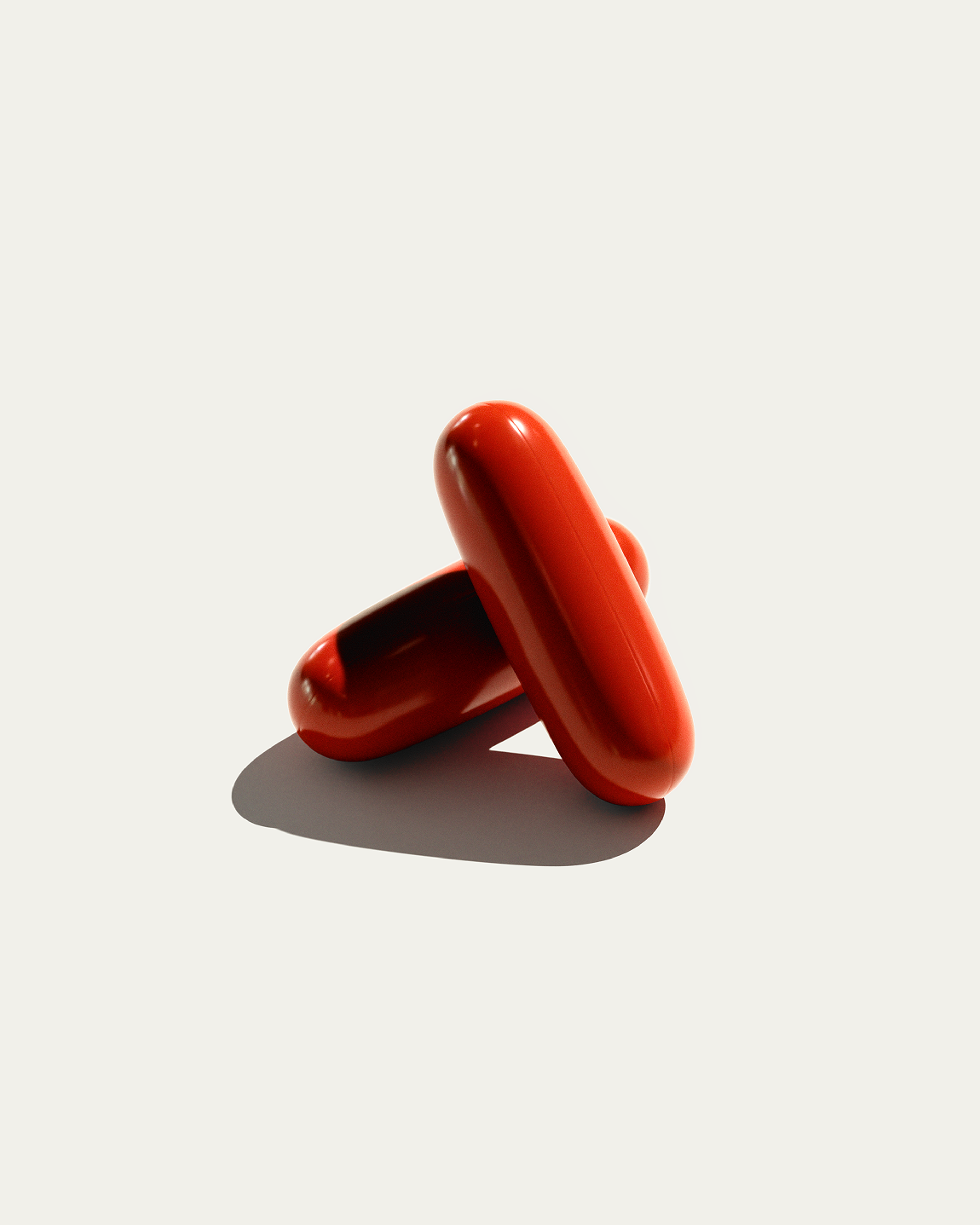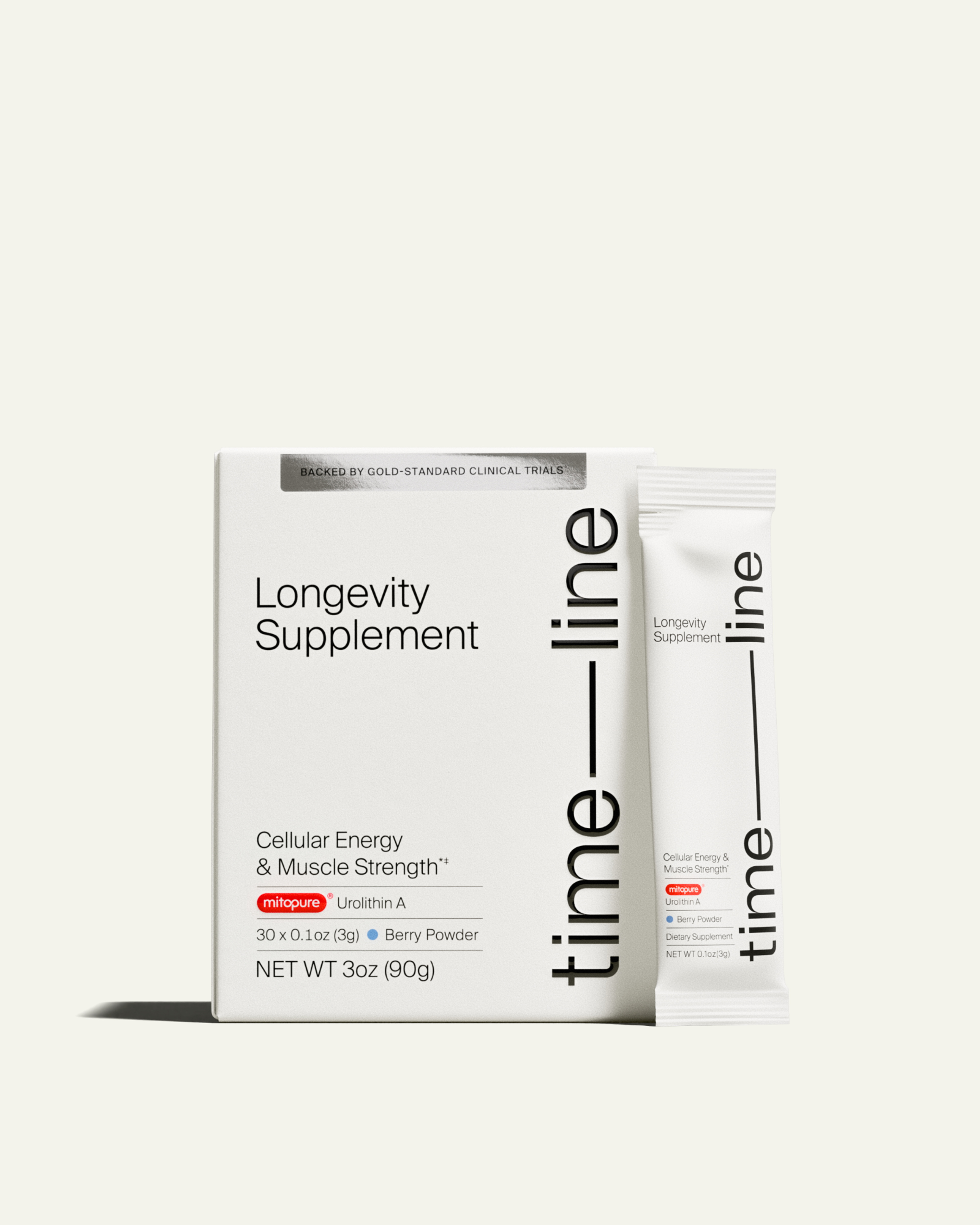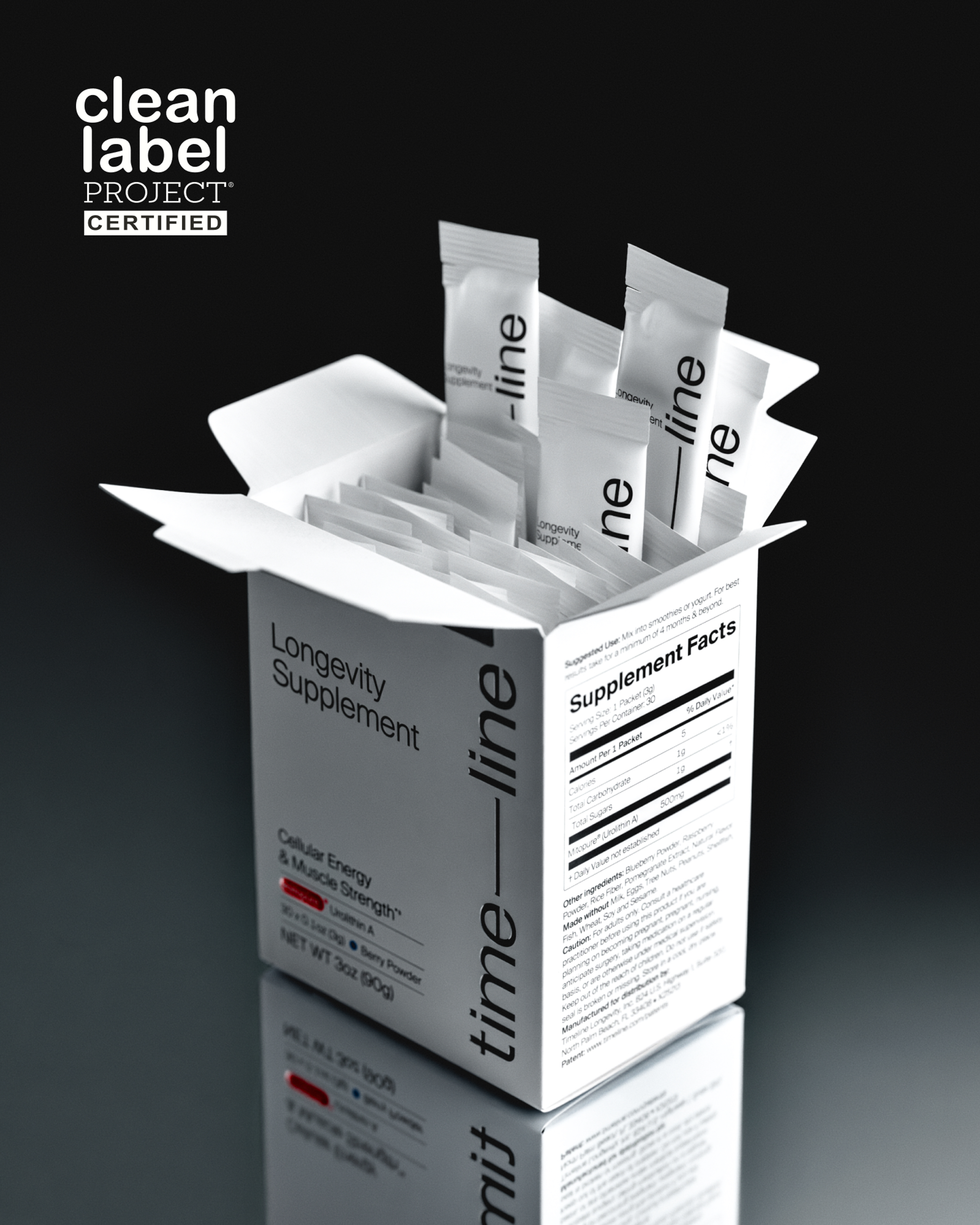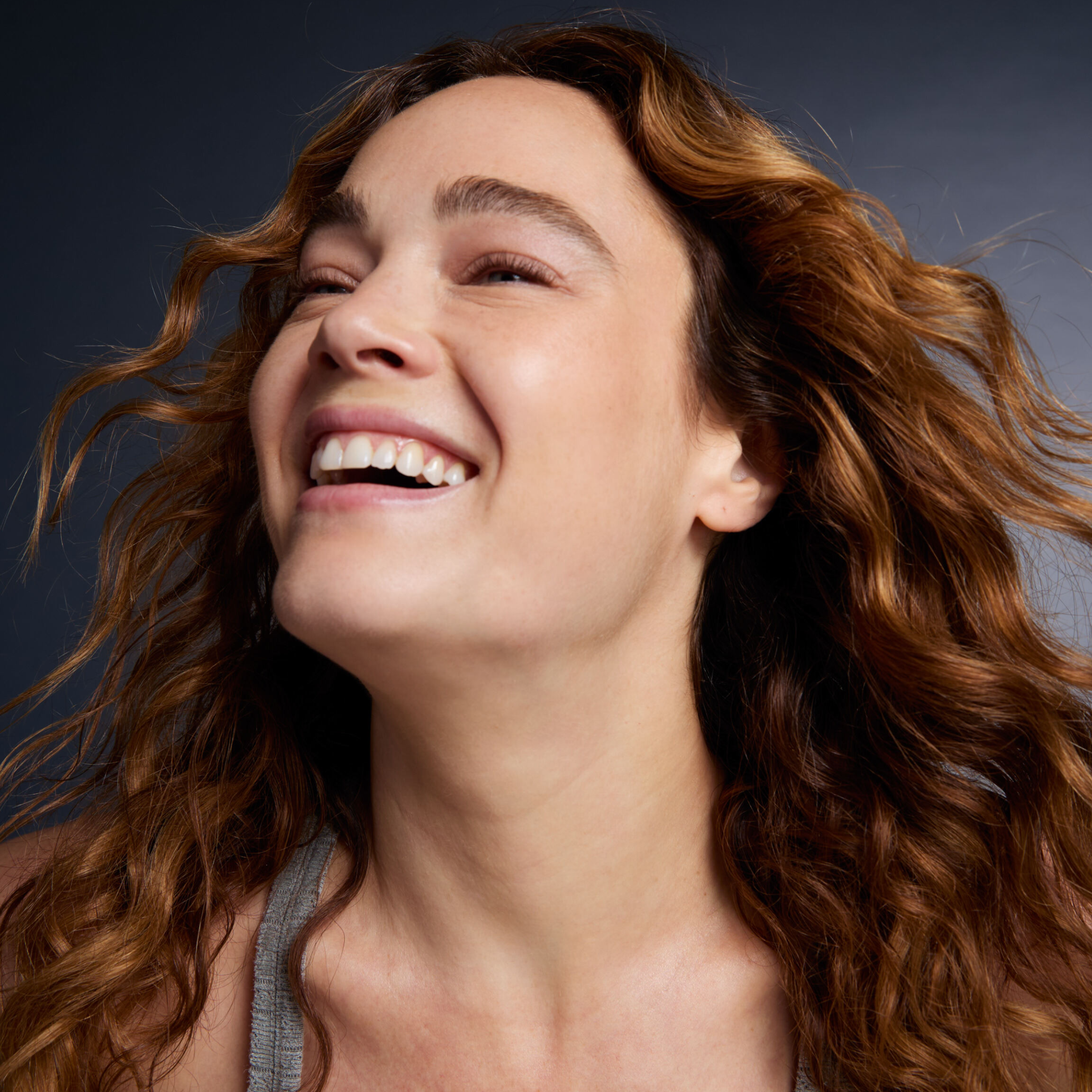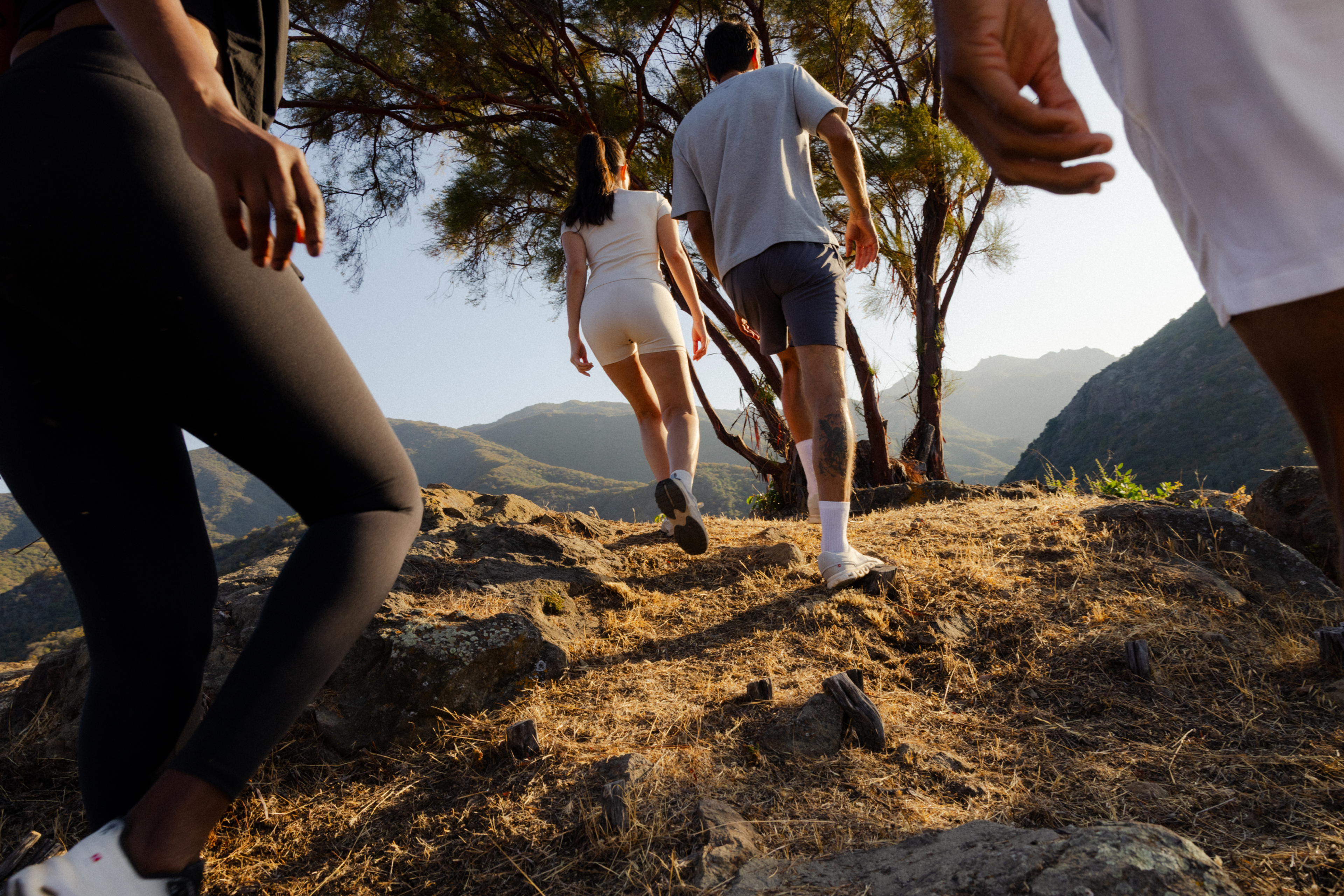Red light therapy for muscle recovery: Your guide to LEDs
Red light therapy before your workout can improve exercise performance, and reduce muscle soreness. Learn the science here.
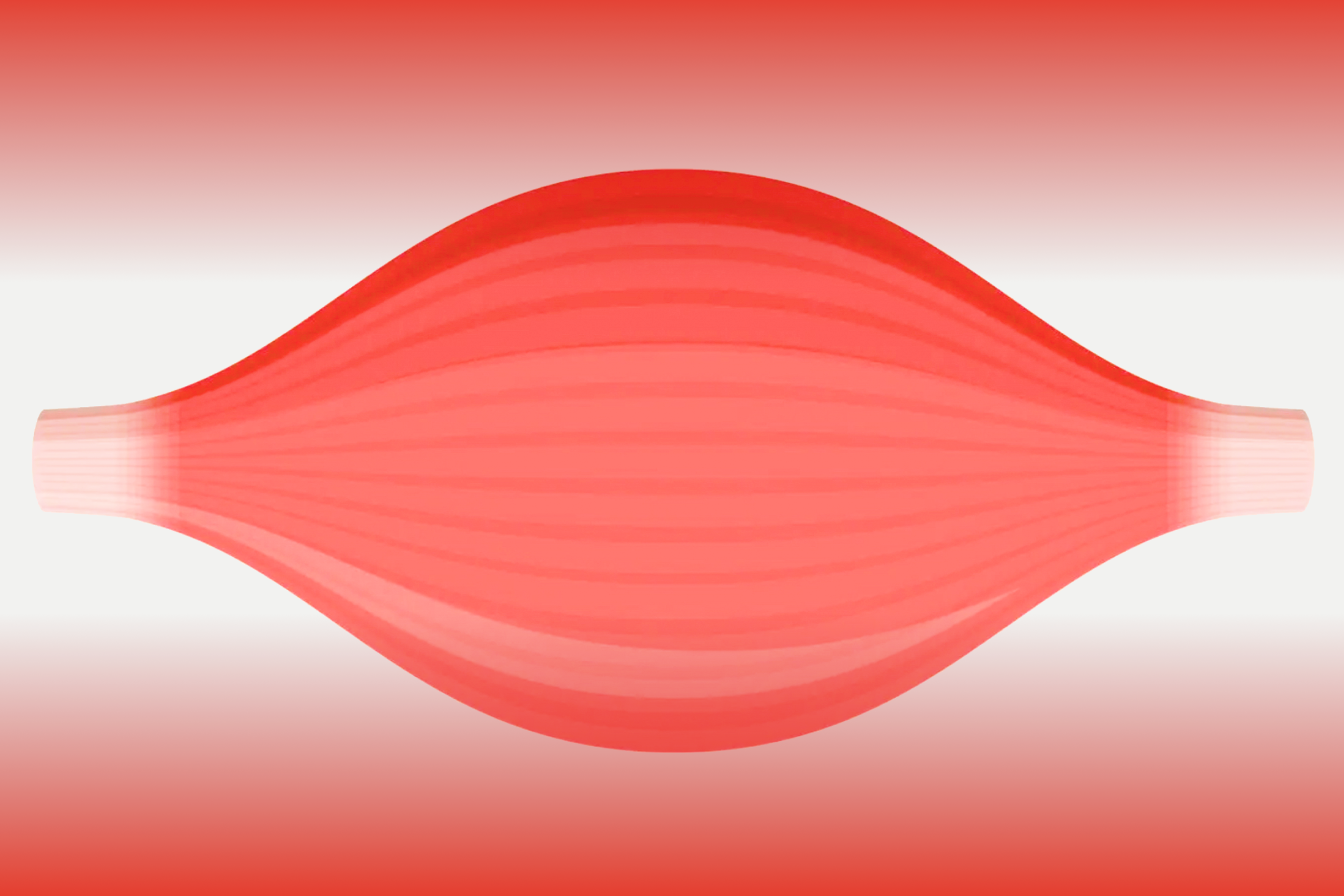
What to know
Red light therapy has been shown for decades to help heal skin and wounds.
Lasers and LED lights that are red or infrared can help reduce muscle soreness and improve workout performance
For strength workouts, red light therapy should be done just before exercise.
For endurance workouts, red light therapy can give benefits before and after exercise.
Red light therapy sounds a little like snake oil: Shine some crimson light on your body, and you’ll heal faster!
But using light as therapy is real, and it’s been proven for decades: In 1903, Danish scientist Niels Ryberg Finsen won the Nobel Prize for pioneering light as a healing therapy, called phototherapy.[1] NASA scientists went on to find that light in the red part of the visual spectrum could help sores heal faster and improve pain, [2]and the use of these red lights has become a proven therapy for treating skin conditions like acne, psoriasis, and scars.[3]
In recent years, the potential benefit of red light has gone deeper—into muscles. When red light is absorbed into muscles, it triggers a cascade of effects inside cells, including an increase in energy production by mitochondria.
As promising as redlight therapy is, it has quite a few downsides, most notably the cost of the equipment and the time commitment required to reap the benefits.
With that in mind, here’s some illumination into red light—how red light therapy works, the benefits and drawbacks, and what to look for in a treatment if you decide to start seeing red.
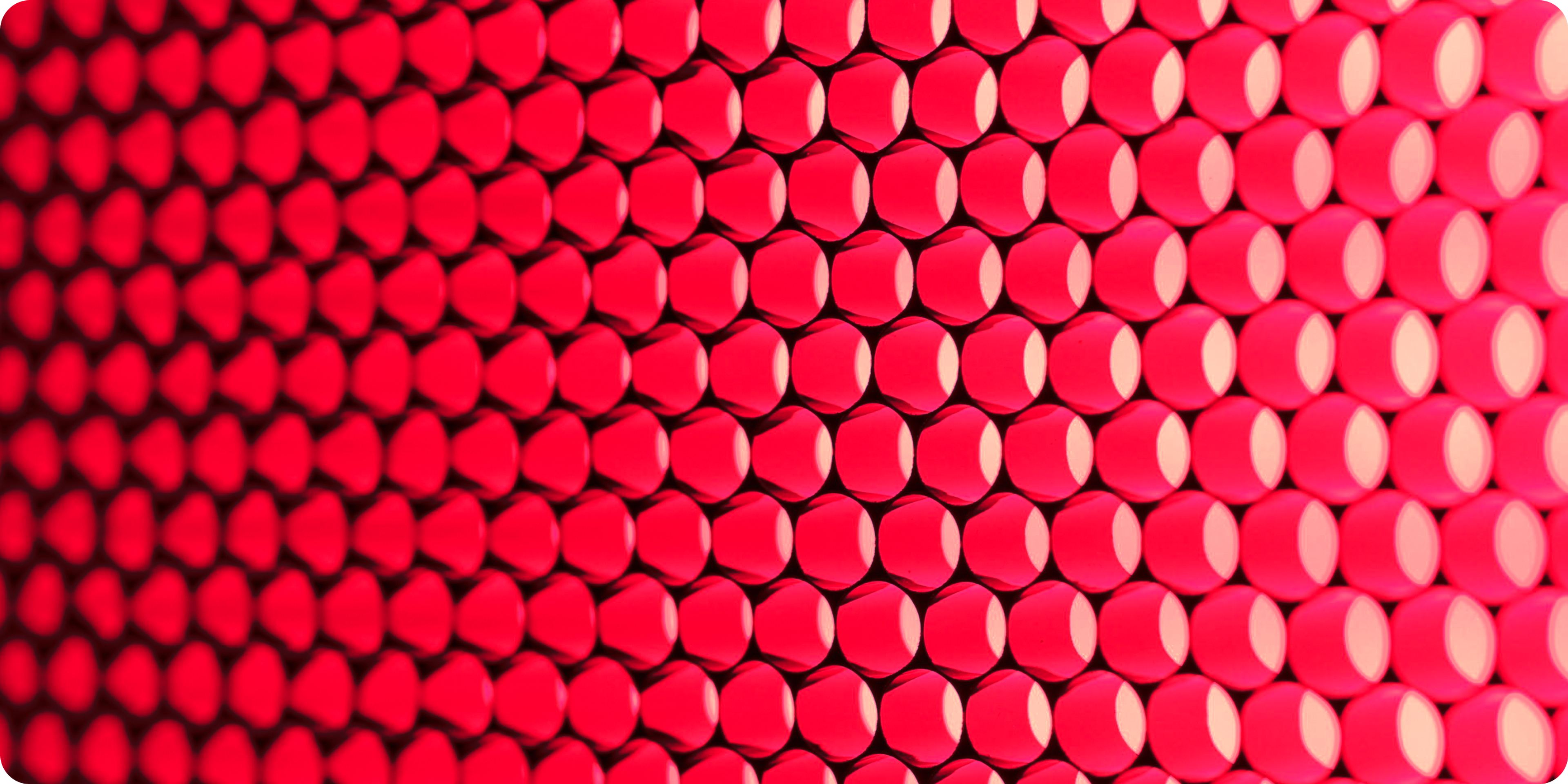
Red light therapy for muscles and muscle recovery
While red light is being promoted for muscle recovery, research continues to be conducted, and scientists say the evidence needs to get stronger.[4] But for now, here’s what the science says.
Red light can increase the amount of work you do before you get tired
When some athletes and exercisers undergo red light therapy before exercise, it appears that they can do more exercise before they get tired. In a 2015 review of 13 different studies on PBMT,[5] scientists found that, on average, when exercisers underwent red light therapy, they could do 5.47 more repetitions of an exercise before reaching exhaustion than other exercisers who didn’t get the therapy.
It works for cardio, too: In a small study published in 2017, [6]scientists found that young men who underwent LED red light therapy had lower heart rates in each phase of a treadmill test that got harder every three minutes. The red light therapy subjects also had longer times to fatigue than the non-light group.
Red light therapy reduces soreness after some explosive exercise, but not others
In a study published in 2022, healthy college-aged men and women were divided into two groups: One group had red light phototherapy before a session of sprints, and then each day before another set of exercises. The other group had “sham” light therapy.[7]
Both groups ran 40 sprints of 15 meters each after their light exposure. Then, for the next four days, both groups were treated with light again—either real red light or “sham” light—and then put through a battery of exercises. The group that had the real red light therapy suffered from less delayed onset muscle soreness, or DOMS, in their calf muscles over the days after the sprints than the group that had sham therapy. However not all muscle groups seemed to respond to red light therapy.
Interestingly, other forms of explosive exercise, like vertical jump, did not notice an improvement in mussel soreness with the use of red light.
Red light therapy can reduce markers of muscle damage when applied after exercise
When you work your muscles hard, they undergo damage. A big part of what makes your muscles sore after exercise is repairing that damage—your body’s cleanup crew creates inflammation and sweeps out damaged tissue to rebuild your muscles anew.
Certain chemicals—including blood lactate and creatine kinase (CK)—also build up in your muscles when there’s damage. These markers of muscle damage don’t cause the damage, but their levels increase as damage increases. [8]Lowering these levels may help with performance and muscle recovery.
When applied after exercise, LED red light therapy helps reduce the levels of both of these markers. And it may do so better than an ice bath: In one study of athletes, five minutes of LED therapy applied five minutes after an intense cycling test kept lactate and CK levels lower than five minutes in an ice bath.[9]
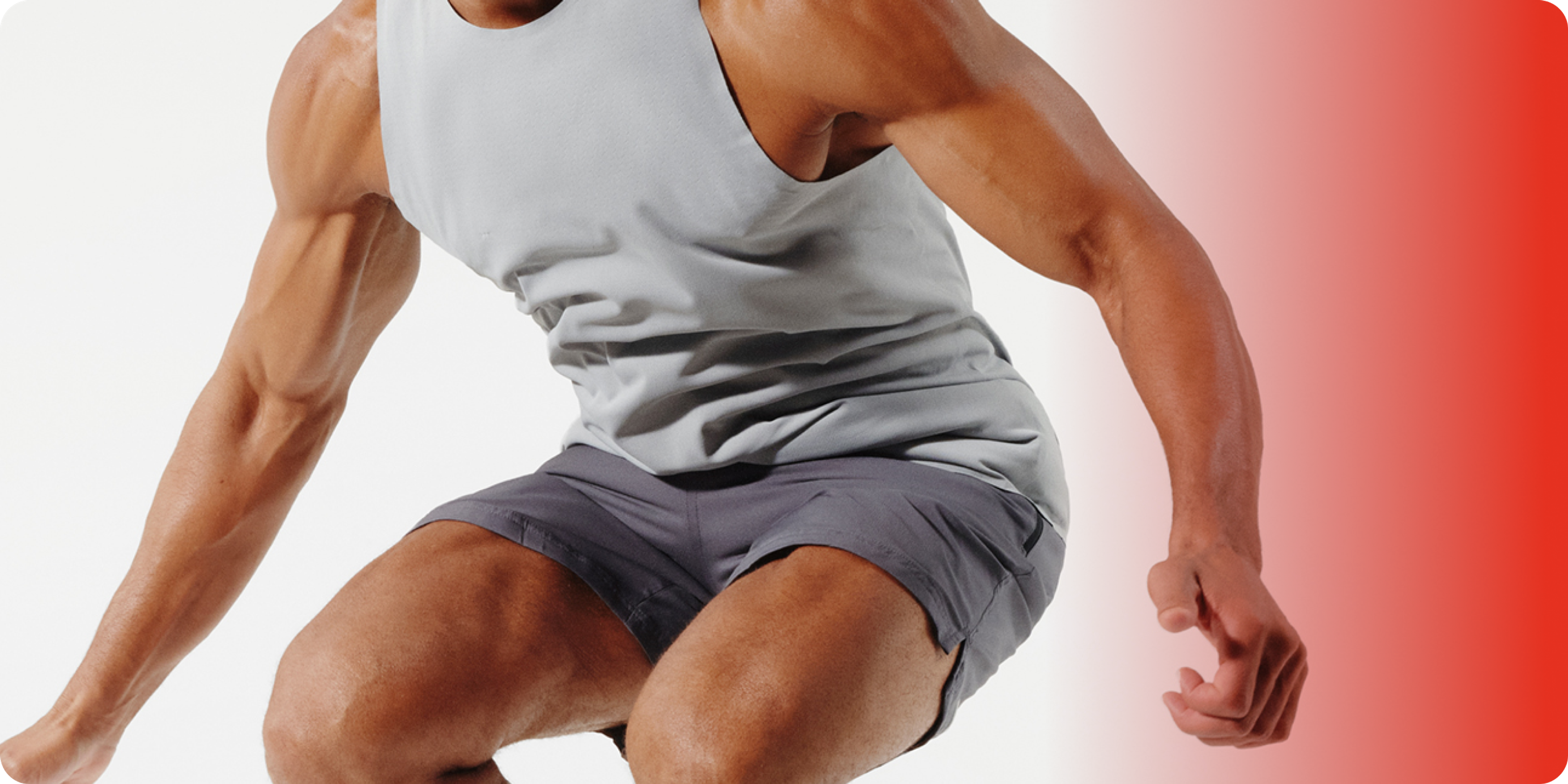
Red light therapy: before or after your workout? And how much light?
You’ve got limited time before and after your workouts, so maximizing the effectiveness of your recovery efforts is key to feeling great and getting the results you want. When it comes to effective red light treatment, the scarlet glow needs to be in the correct wavelength, at the correct intensity, applied for a specific amount of time, and at the right time.
Leading scientists who have studied this technology recommend performing red light therapy in the following ways[10]. Use it as a cheat sheet checklist when shopping for a red light therapy device or spa:
• Wavelength: The wavelength of the light should be between 640 nm and 950 nm.
• Power: Each LED in the array should put out 10-35 mW. The array should not get hot to the touch.
• Dose: For small muscles, like your biceps and triceps, the diodes should output 20-60 joules. For larger muscles, like those in your thighs, the output should be 60-300 joules. (They don’t need to be this powerful to be effective, though: In one study of runners, just 30 joules was enough to reduce soreness.)[11]
• Time per treatment: There does not seem to be a good conclusion on how long each treatment should last, but experts suggest at least 15-minute sessions are needed a few times a week.
Before or after you work out? It depends on the type of training.
For strength workouts, perform red light therapy 5-10 minutes before the session to achieve both acute and long-term recovery results.
For endurance or cardio workouts, perform the therapy 5-10 minutes before and 5-10 minutes after the workout.
Final thoughts
Red light therapy may be a valuable tool for muscle recovery, helping to reduce soreness, accelerate healing, and improve overall performance. However, it is important to consider the practical aspects, such as the cost of equipment and the time required for regular sessions, when deciding whether this therapy is right for you.
As research continues to evolve, it's essential to stay informed about the most effective methods for supporting muscle health and recovery. Whether you choose to incorporate red light therapy into your routine or explore other scientifically supported recovery strategies, the goal remains the same: to enhance your physical well-being and achieve your fitness objectives efficiently and safely. Prioritize approaches that align with your lifestyle, ensuring consistency and effectiveness in your muscle recovery regimen.
Authors

Health & Fitness Writer

Reviewed by
Director Science Communications
References
- ↑
Niels Ryberg Finsen – Facts. NobelPrize.org. Nobel Prize Outreach AB 2024. Thu. 16 May 2024. <https://www.nobelprize.org/prizes/medicine/1903/finsen/facts/>
- ↑
https://spinoff.nasa.gov/NASA-Research-Illuminates-Medical-Uses-of-Light
- ↑
Ablon G. Phototherapy with Light Emitting Diodes: Treating a Broad Range of Medical and Aesthetic Conditions in Dermatology. J Clin Aesthet Dermatol. 2018;11(2):21-27.
- ↑
Leal-Junior ECP, Lopes-Martins RÁB, Bjordal JM. Clinical and scientific recommendations for the use of photobiomodulation therapy in exercise performance enhancement and post-exercise recovery: current evidence and future directions. Braz J Phys Ther. 2019;23(1):71-75. doi:10.1016/j.bjpt.2018.12.002
- ↑
Leal-Junior EC, Vanin AA, Miranda EF, de Carvalho Pde T, Dal Corso S, Bjordal JM. Effect of phototherapy (low-level laser therapy and light-emitting diode therapy) on exercise performance and markers of exercise recovery: a systematic review with meta-analysis. Lasers Med Sci. 2015;30(2):925-939. doi:10.1007/s10103-013-1465-4
- ↑
Ferreira Junior A, Kaspchak LAM, Bertuzzi R, Okuno NM. Effects of light-emitting diode irradiation on time to exhaustion at maximal aerobic speed. Lasers Med Sci. 2018;33(4):935-939. doi:10.1007/s10103-017-2212-z
- ↑
D'Amico A, Silva K, Rubero A, Dion S, Gillis J, Gallo J. The Influence of Phototherapy on Recovery From Exercise-Induced Muscle Damage. Int J Sports Phys Ther. 2022;17(4):658-668. Published 2022 Jun 1. doi:10.26603/001c.34422
- ↑
Peake JM, Neubauer O, Della Gatta PA, Nosaka K. Muscle damage and inflammation during recovery from exercise. J Appl Physiol (1985). 2017;122(3):559-570. doi:10.1152/japplphysiol.00971.2016
- ↑
Leal Junior EC, de Godoi V, Mancalossi JL, et al. Comparison between cold water immersion therapy (CWIT) and light emitting diode therapy (LEDT) in short-term skeletal muscle recovery after high-intensity exercise in athletes--preliminary results. Lasers Med Sci. 2011;26(4):493-501. doi:10.1007/s10103-010-0866-x
- ↑
Leal-Junior ECP, Lopes-Martins RÁB, Bjordal JM. Clinical and scientific recommendations for the use of photobiomodulation therapy in exercise performance enhancement and post-exercise recovery: current evidence and future directions. Braz J Phys Ther. 2019;23(1):71-75. doi:10.1016/j.bjpt.2018.12.002
- ↑
Dellagrana RA, Rossato M, Sakugawa RL, Baroni BM, Diefenthaeler F. Photobiomodulation Therapy on Physiological and Performance Parameters During Running Tests: Dose-Response Effects. J Strength Cond Res. 2018;32(10):2807-2815. doi:10.1519/JSC.0000000000002488
Disclaimer
The information in this article is for informational purposes only and should not be taken as medical advice. Always consult with your medical doctor for personalized medical advice.
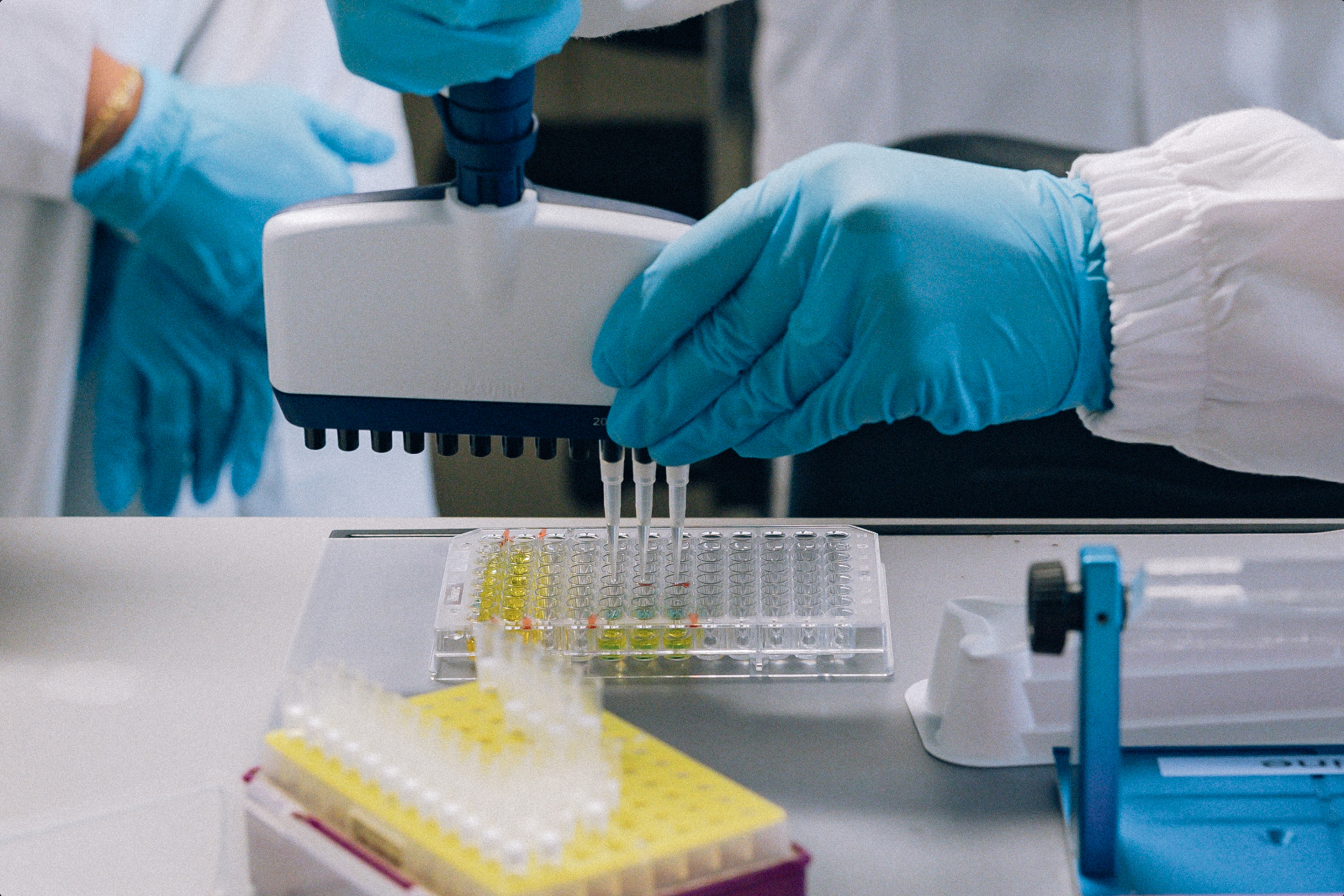
·
Nutrition·
Studies·
